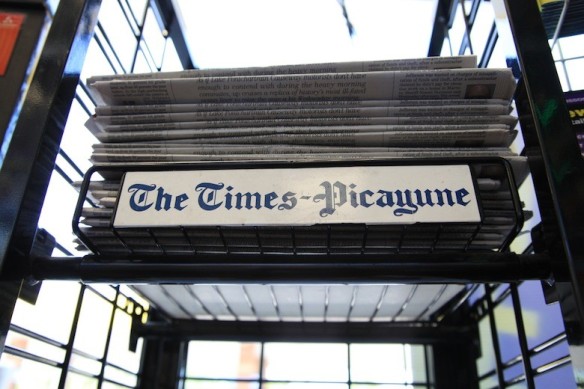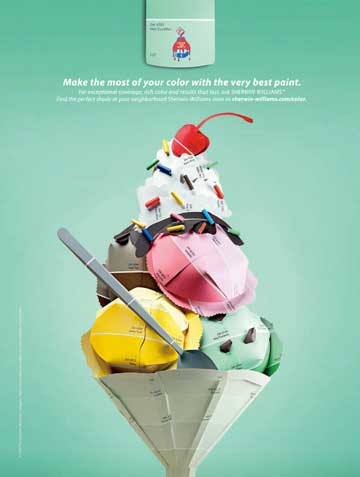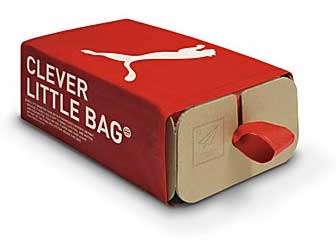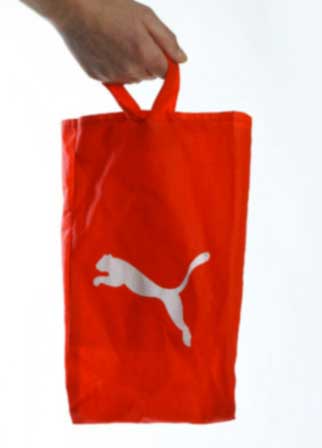In the spirit of Blog Action Day 2010, let’s talk about water. We’re pretty lucky here in America; despite our access to clean drinking water in nearly every home, our own taps and public drinking fountains, we’re still ready and willing to pay for it. “So what,” you say? Before unscrewing the cap on another overpriced bottle of water, consider a few points:
- According to TriplePundit, Americans now drink an average of 200 bottles of water per person every year here in the states.
- Producing those water bottles accounts for more than 17 million barrels of oil annually.
- Over 80% of the water bottles produced will never be recycled.
- One-third of the bottled water we readily pay for comes from the same sources as tap water.
Bottled water is leaving an enormous impact on the environment, our natural resources – and our wallets. So what’s the solution? Designers the world over are taking multiple approaches to solving the problems that bottled water presents and are putting very viable solutions into action in some of the most practical ways you could imagine.

Public Water Fountains
The Bottled Water Alliance, in partnership with Culligan Water is aiming to reduce the ever-growing amount of waste produced by bottled water by bringing the fresh filtered water to the streets of Sydney, Australia. Apart from using filtered drinking water, the idea is essentially no different from your average drinking fountain. Fountain heads designed by Street Furniture Australia for the initiative were created in direct response to the obvious problems many individuals have with drinking from a fountain (poor hygiene, unreliability and vandalism), that causes many individuals to resort to bottled water. Thus far, the Bottled Water Alliance claims that the six fountains installed in Sydney to date have prevented the purchase of approximately 150,000 litres of bottled water or nearly 250,000 plastic bottles.

Bottle Refill Stations
In another similar effort to bring more sustainable alternative to clean drinking water, GlobalTap is encouraging the use of reusable bottles and has crafted their solution around this idea. Created by Chicago-based architect Daniel H. Whitman, GlobalTap is a project that aims to provide public access to clean drinking water through implementing a system of reusable bottles and refill stations in high-traffic metropolitan areas. In 2009 a pilot station, designed by IDEO, was installed in San Francisco, California. Basic manufacturing and assembly techniques allows each and every GlobalTap station to be built, installed and maintained with minimal cost and effort worldwide. Where the safety of water is of special concern – in developing countries, for example – the GlobalTap system can accommodate for internal filters and new filtering technologies as well.

Biodegradable Bottles
Maybe we’ll never rid ourselves of the plastic bottle. If that’s the case, then shouldn’t we focus some effort on making those bottles more sustainable? North Carolina-based Primo Water is doing just that with implementing America’s first and only biodegradable, plant-based material in its bottles. The material, called Ingeo PLA, is a corn-based plastic produced by NatureWorks. Primo Water features the PLA bottles in their single serve bottles (16.9 fl oz), sold in 18-count packs nationally.

Paper Cartons
A few companies have scrapped the idea of the bottle altogether in favor of an arguably greener, more sustainable alternative: paper cartons. In 2009, start-up company Boxed Water is Better, began distributing purified water in milk cartons beginning with the idea that paper packaging is greener than the standard-issue plastic bottles used today. In addition to each carton being readily recyclable, nearly 80% of each cartons’ composition derives from green-certified trees.
O.N.E. World Enterprises, which produces O.N.E. Water, also has its own version of a plastic bottle alternative. Made primarily of paper, the material for each BPA-free Tetra Pak comes from responsibly sourced, well-managed forests and can be recycled.
The next time you’re thirsty and won’t settle for tap water, consider one of these viable alternatives. It might have a larger impact that you think.














